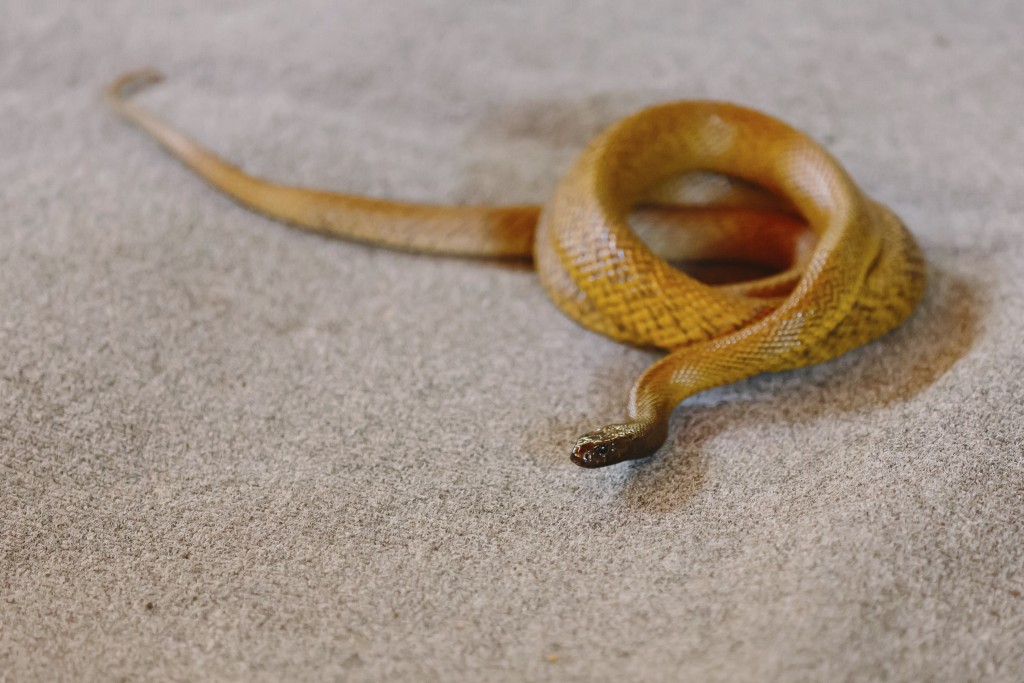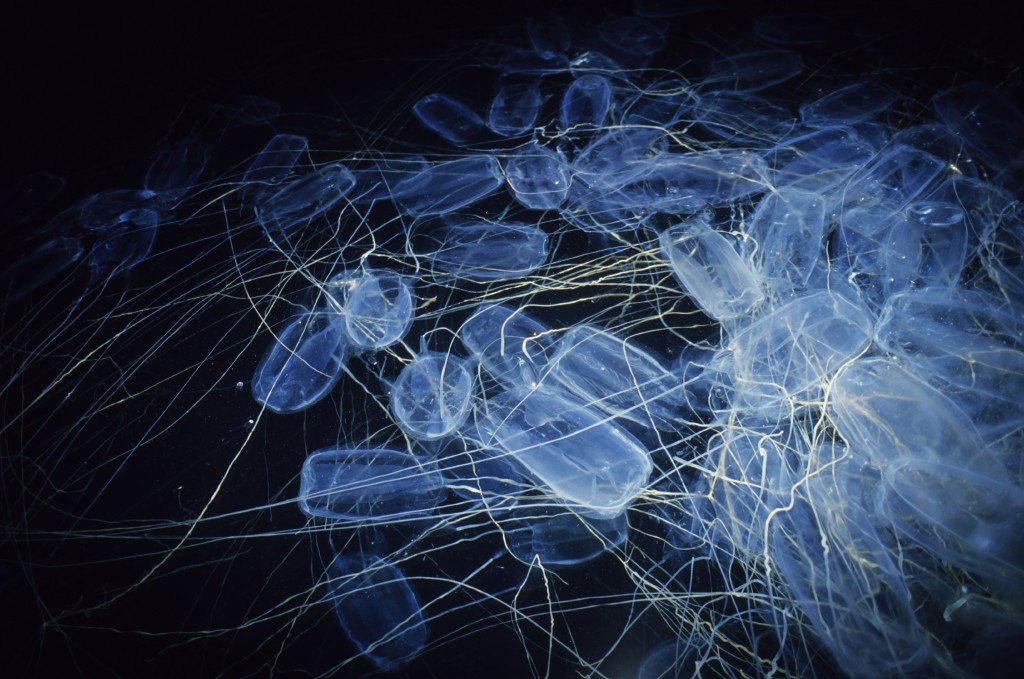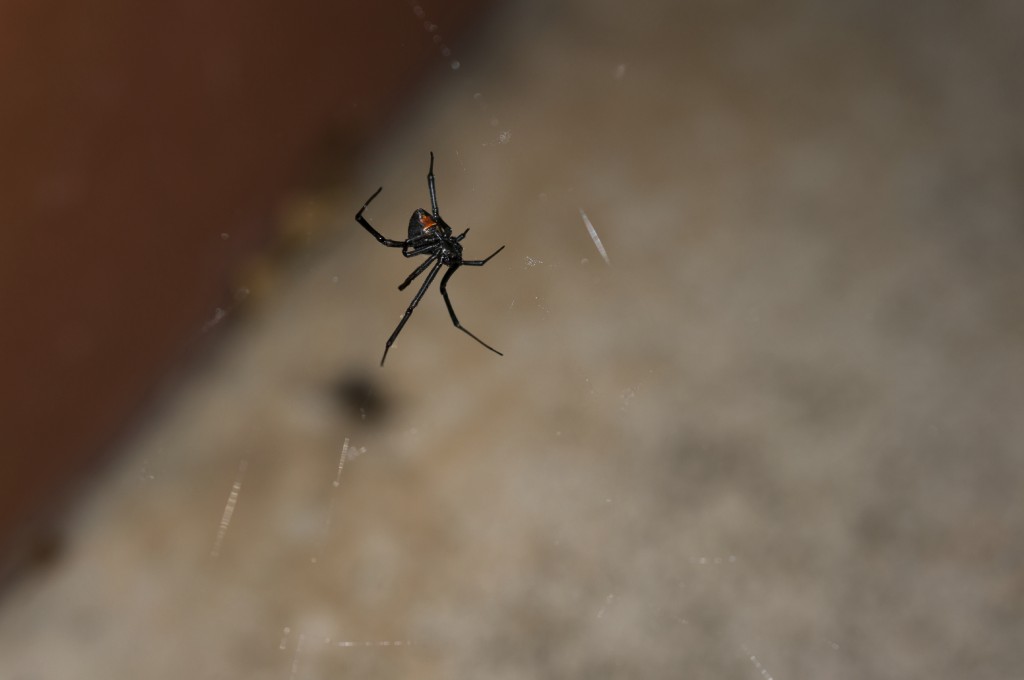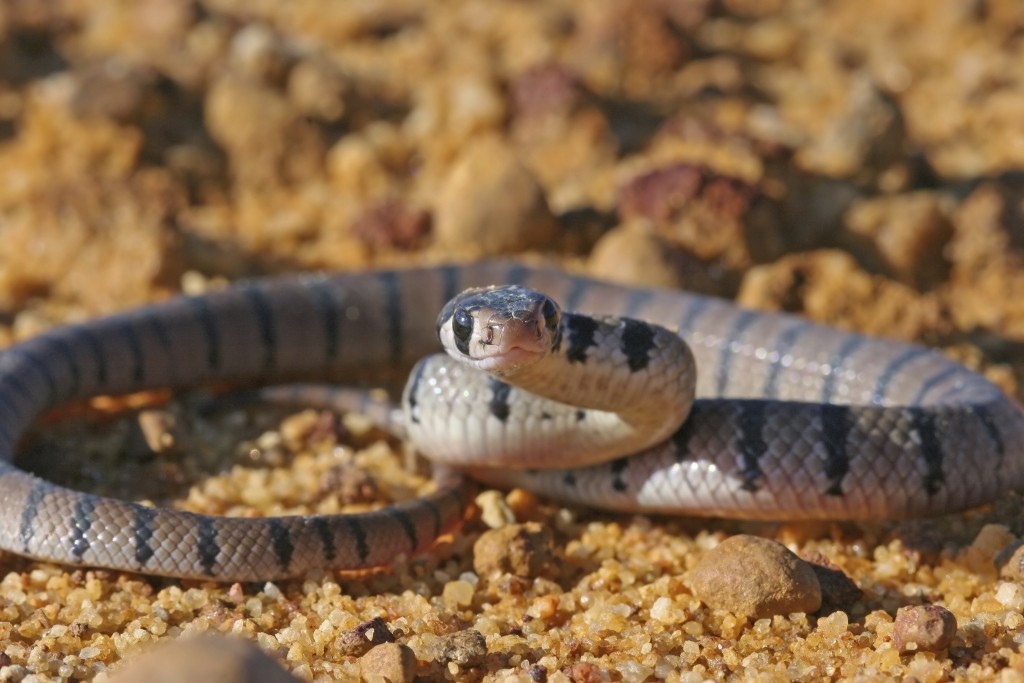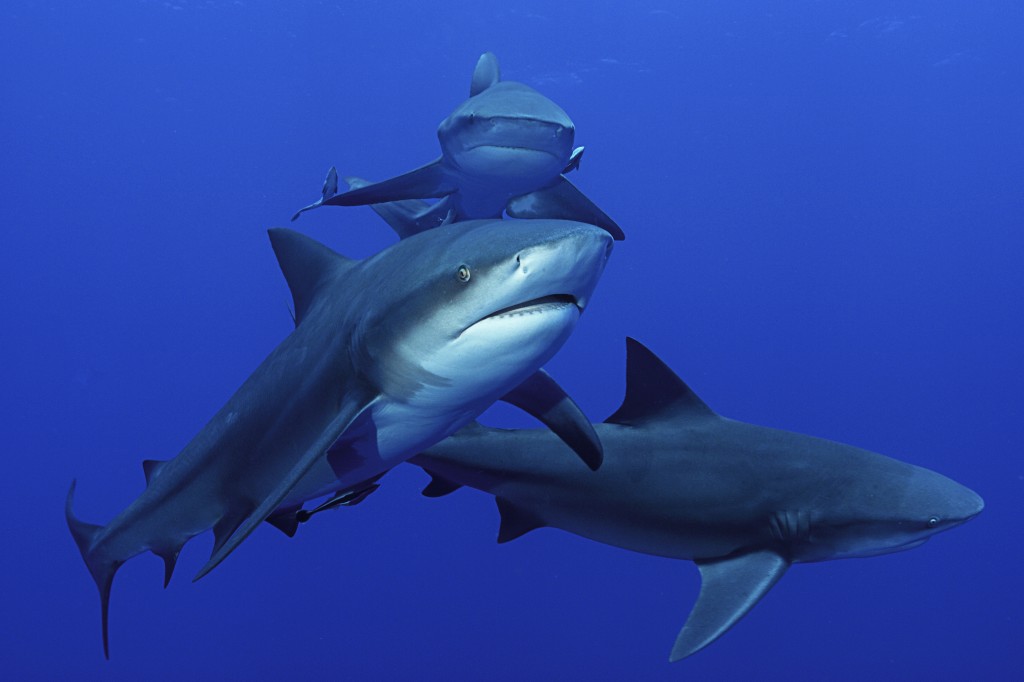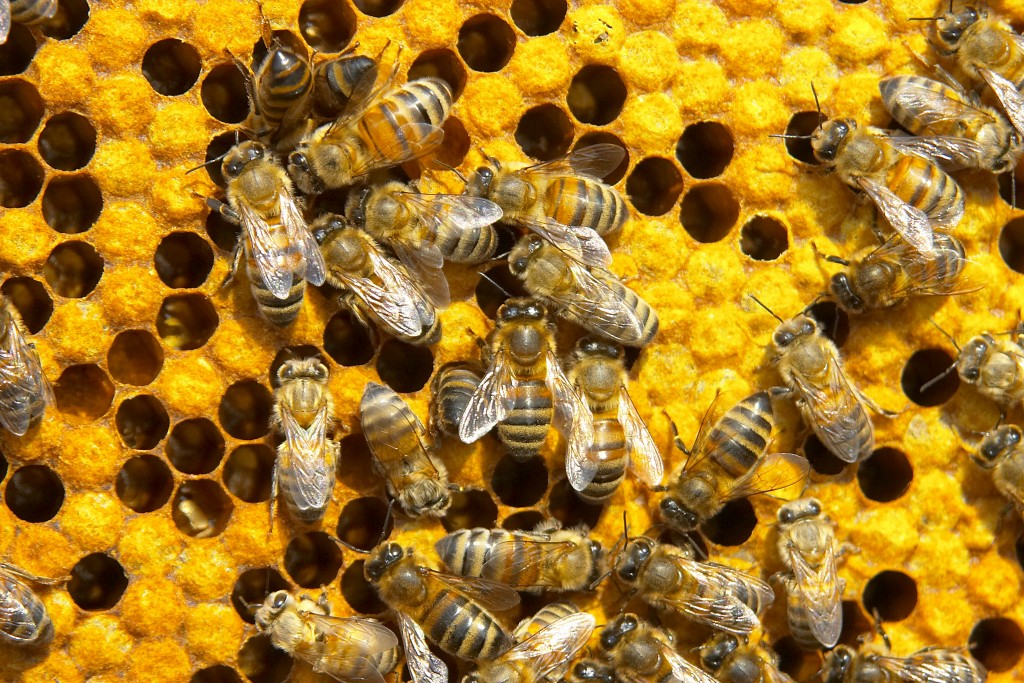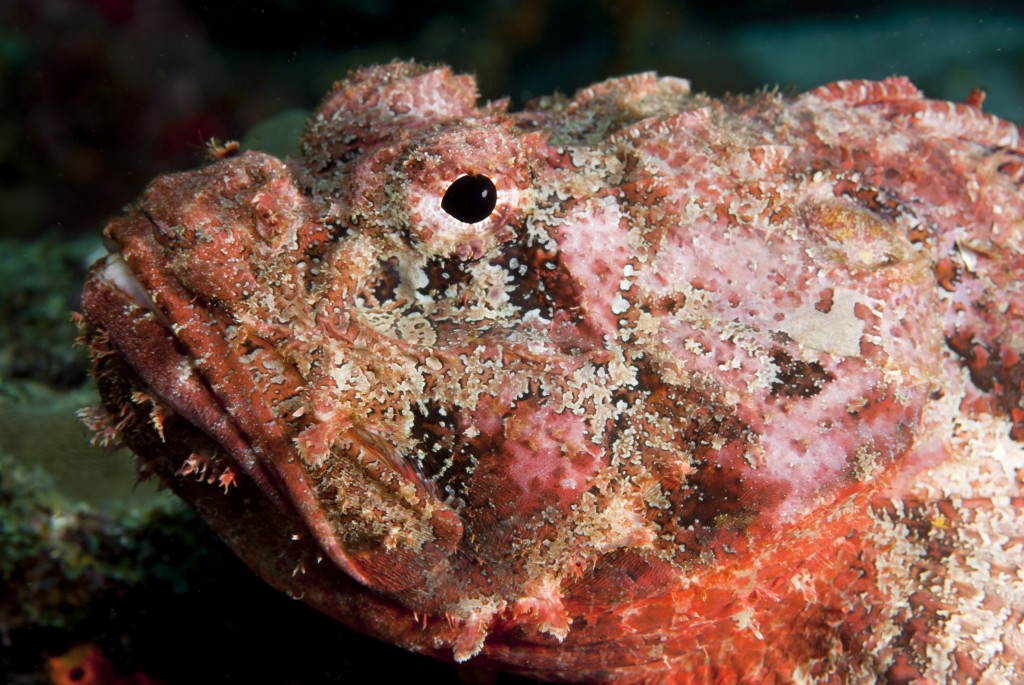Australia is a pretty amazing place to live in and there aren’t many places in the world that can compete when it comes to our lifestyle, education, environment etc. It’s not all peaches and cream though. Our backyard plays home to some of the world’s deadliest creatures both on land and in the water. Some bite while others sting and regardless of how they attack, they’re all incredibly scary. We could list upwards of 50 dangerous critters that call Australia home but let’s take a look at what we’ve chosen as our top 10 most dangerous animals (in no particular order).
10. BLUE RINGED OCTOPUS
These tiny cephalopods reside in shallow coastal waters around the country and while seemingly pretty, don’t let their iridescent blue rings fool you. These things are deadly. In fact, they harbour enough venom to kill up to 25 humans. The scary part is, their bite feels harmless and can often go unnoticed by people… until it’s too late of course. Their venom contains tetrodotoxin, dopamine and a cocktail of other nasties that can cause nausea, respiratory failure, paralysis and if not treated immediately, death. So next time you’re snorkelling, stay well away if you do manage to spot one.
Australia is riddled with some of the most dangerous snakes in the world and the Inland Taipan is considered the most highly venomous on land. It is estimated that these slithery suckers contain enough venom to kill upwards of 100 humans. Thankfully, their distribution range is small and away from the majority of civilisation. They mainly reside where the Queensland and South Australian borders meet; however sightings are fairly rare. Thank goodness for that.
Saltwater crocs or ‘Salties’ as they are commonly referred, are found along coastal river systems and are the largest living reptiles on the planet. And yep, you guessed it; they live in Australia with the Northern Territory, Western Australia and Queensland being the hotspots. Reaching a staggering 6.5m, these aggressive hunters reside in coastal river systems, estuaries and mangrove swamps. Scientific tests suggest that saltwater crocodiles possess the strongest bite of any animal and to put it simply, coming up against an angry one would end badly. Being able to hunt and take down animals like deers, orangutans and kangaroos does not bode so well for humans who happen to enter their homes.
Funny name, not so funny venom. The box jellyfish is known to possess some of the deadliest venom on the planet and while most jellyfish merely float with the ocean currents, these babies can move at up to 4 knots. Their tentacles are delicate but deadly, with each paying home to some 5000 stingers that not only stun foraging baitfish but can elicit an extremely powerful dosage of toxins that can cause heart failure in humans.
These creepy crawlies can be found Australia-wide and are well-known for being one of the deadliest spiders around. They like to hide in crevices, hollow logs and dark areas, especially in warm areas. Their webs are distinctly messy and extremely sticky so if you encounter a cobweb that isn’t woven as meticulously as most, and one that you struggle to wipe off your hand, you may have a redback in close proximity. A bite from one of these small but deadly critters can be extremely painful and can be fatal on small children and the elderly. Symptoms will include headaches, vomiting, abdominal pain and in extreme cases, paralysis. Thankfully anti-venom exists and deaths are fairly rare these days.
There isn’t much that needs to be said about the apex predator of the ocean to instil fear in the hearts and minds of anyone that goes into the water. They’re built to kill and while human attacks are they roam all over our vast coastline. Unfortunately, they do receive a bit of a bad rap when it comes to human attacks and while we certainly don’t endorse the culling of them, the species is responsible for the largest number of shark attacks on mankind. Other than killer whales, the great white shark rules the sea so it’s safe to say you wouldn’t like to be an injured sea animal in their proximity. You wouldn’t like to be swimming in the vicinity of one either, especially in discoloured water where they depend on their ability to detect vibrations rather than sight. Scary thought isn’t it?
Native to Australia (of course), PNG and Indonesia, the eastern brown snake is known as the second most deadly land snake in the world. The venom can be deadly if untreated and symptoms include diarrhoea, paralysis and cardiac arrest among others. As they feed on mice, they do spend time in populated areas which make them far more dangerous than the previously mentioned inland taipan. For this reason, the eastern brown snake is responsible for the most snake-related deaths in the country. If you see one, keep well away and they should leave you alone. If provoked or angry, they will raise their heads and upper body off the ground in preparation for attack. If you’re confronted with the sight, pray.
The bull shark is one of only a handful of sharks that are potentially deadly to humans. Perhaps the scariest thing about bull sharks is their ability to live in both salt and freshwater. In fact, their population within the many canal systems of Queensland has rocketed in recent times. These are bodies of water where many houses back onto and where people previously felt safe to swim. They frequent waters from Western Australia to South of Sydney where they have been attributed to a number of attacks on humans in the popular Sydney Harbour. While these stocky, aggressive sharks are not as feared as the great white, they probably should be as they like to frequent warm shallow waters. Swim anyone?
No, this isn’t a joke. These babies kill more people a year, on average, in Australia, than sharks and spiders (separately). The thing is – when they do sting humans – they inject only a tiny amount of venom and for the majority of people, it would take hundreds of bites to be killed. For those that are allergic to honey bee venom though, one sting can be deadly. One sting can send an allergic person into anaphylactic shock so if you’re not sure if you are allergic to these cute looking honey makers, you should probably find out.
If fish played hide and seek these bizarre looking marine creatures would be the winners, all the time. As their name suggests, they look incredibly similar to rocks or stones and can imitate their surroundings thanks to their mottled coloured bodies. It works to their advantage and makes them highly deadly ambush predators; however for humans, it’s not such great news. While walking around shallow rock pools one could easily mistake a stonefish for ‘just another rock’ and be injected with potent neurotoxins that reside in the needle-like dorsal fins which they can stand up when threatened. The sting from a stonefish is intense and if untreated can be fatal. Interestingly enough, these highly adaptive creatures can live out of the water for up to 24 hours. Next time you’re prodding through a shallow water rock pool, remember to look carefully before you step.


